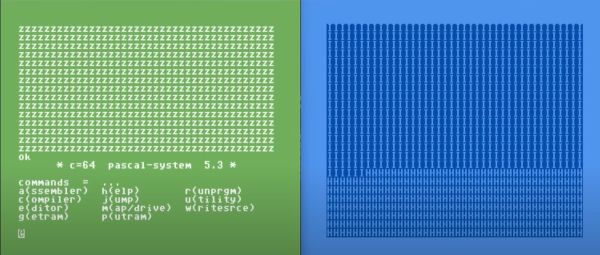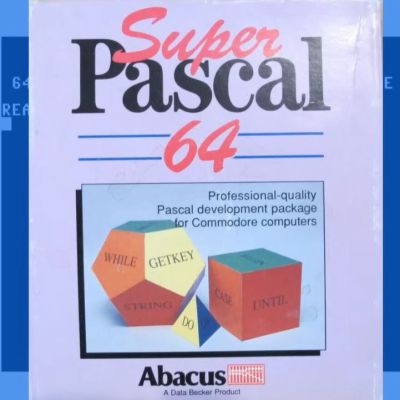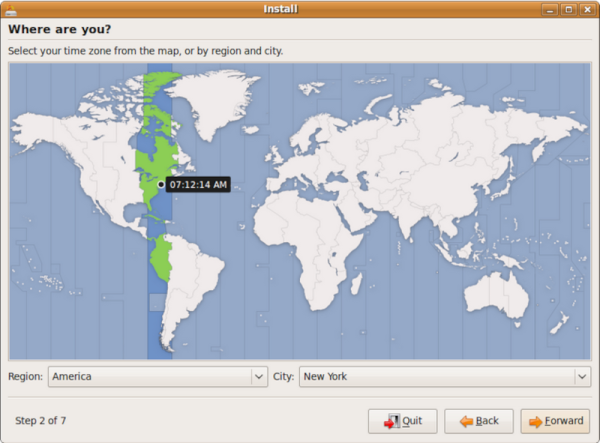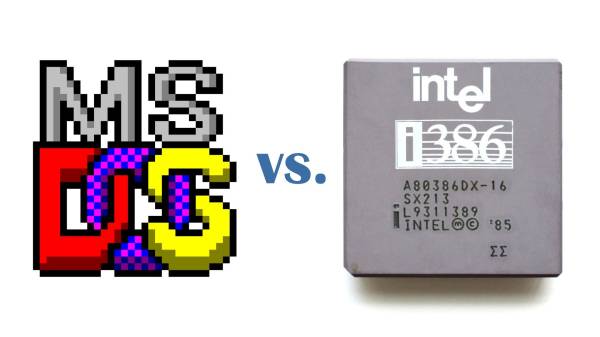Nowadays, it’s an even bet that your newest project somehow connects to the Internet and, thus, to the world. Even if it doesn’t, if you share your plans, someone might reproduce your creation in some far distant locale. If your design uses time, you might need to think about time zones. Easy, right? That’s what [Zain Rizvi] thought until he tried to deploy something that converted between timezones. You can learn from his misconceptions thanks to a detailed post he provides.
You might think, “What’s the big deal?” After all, there’s UTC, and then there are 12 time zones ahead of UTC and 12 time zones later. But that’s not even close to true.
As [Zain] found out, there are 27 hours in a full-day cycle if you count UTC as one hour. Why? Because some islands in the Pacific wanted to be on the wrong side of the International Date Line. So there are a few extra zones to accommodate them.
You can’t even count on time zones being offset by an hour from the previous zone. Several zones have a half-hour offset from UTC (for example, India’s standard time is 5.5 hours from UTC). But surely the offset is always either a whole number or a number where the fractional part is 0.5, right?
Um, no. Nepal wants the sun to be directly over the mountain at noon, so it offsets by 45 minutes! [Zain] wonders — as we do — what would happen if the mountain shifted over time? Until 1940, Amsterdam used a 20-minute offset. Some cities are split with one half in one time zone and another in the other.
Of course, there are the usual problems with multiple names for each zone, both because many countries want their own zone and because the exact same zone is different in different languages. Having your own zone is not just for vanity, though. Daylight savings time rules will vary by zone and even, in some cases, only in certain parts of a zone. For example, in the United States, Arizona doesn’t change to daylight savings time. Oh, except for the Navajo Nation in Arizona, which does! Some areas observe daylight savings time that starts and ends multiple times during the year. Even if you observe daylight savings time, there are cases where the time shift isn’t an entire hour.
Besides multiple names, common names for zones often overlap. For example, in the United States, the Eastern Standard Time zone differs from Australia’s. Confused? You should be.
Maybe we should have more respect for multiple time zone clock projects. We’ve noticed these problems before when we felt sorry for the people who maintain the official time zone database.



















